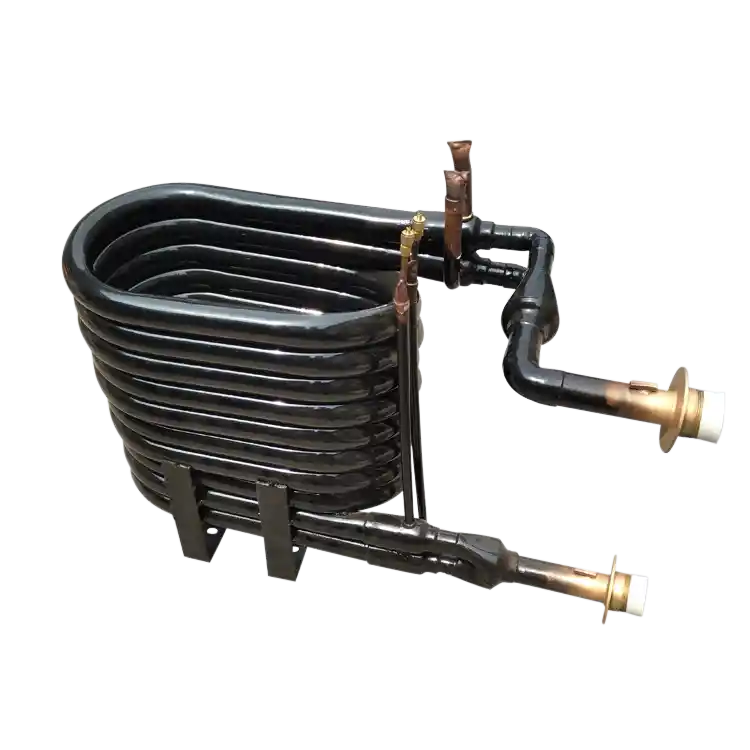Introduction
In the production process of a coaxial heat exchanger, the selection of the inner tube material plays a crucial role in determining its performance and reliability. This article delves into various inner tube materials commonly used in coaxial heat exchangers, highlighting their properties, advantages, and disadvantages. By understanding the characteristics of different materials, manufacturers can make informed decisions to optimize the efficiency and durability of their coaxial heat exchangers.
1. Titanium Inner Tube
Titanium is a widely recognized material known for its exceptional corrosion resistance, high strength-to-weight ratio, and biocompatibility. These qualities make it an ideal choice for demanding applications. Here are some key features of using a titanium inner tube:
| Properties | Advantages | Disadvantages |
|---|---|---|
| Corrosion Resistance | Resistant to various corrosive environments | High cost compared to other materials |
| Strength | High tensile strength | Relatively low thermal conductivity |
| Lightweight | Excellent strength-to-weight ratio | Requires specialized welding techniques |
| Biocompatibility | Suitable for medical and pharmaceutical sectors | Limited availability in certain regions |
2. Stainless Steel Inner Tube
Stainless steel is another popular choice for coaxial heat exchanger inner tubes due to its excellent corrosion resistance and affordability. Here are some key features of using a stainless steel inner tube:
| Properties | Advantages | Disadvantages |
|---|---|---|
| Corrosion Resistance | Resistant to many corrosive substances | Susceptible to chloride-induced corrosion |
| Thermal Conductivity | High thermal conductivity | Moderate strength compared to other materials |
| Cost-effective | Relatively low cost | Heavy compared to other materials |
| Availability | Widely available in different grades and sizes | May require surface treatment for specific uses |
3. Copper Inner Tube
Copper is a traditional material widely used in heat exchangers due to its excellent thermal conductivity. However, its corrosion resistance may limit its application in certain environments. Here are some key features of using a copper inner tube:
| Properties | Advantages | Disadvantages |
|---|---|---|
| Thermal Conductivity | Excellent heat transfer capabilities | Prone to corrosion in certain conditions |
| Compatibility | Suitable for both water and refrigerant circuits | Relatively high cost compared to other materials |
| Malleability | Easy to shape and form | Requires anti-corrosion treatments in some cases |
Conclusion
Selecting the appropriate inner tube material for a coaxial heat exchanger is a critical decision that impacts its overall performance and longevity. Titanium offers exceptional corrosion resistance and strength, making it suitable for demanding applications. Stainless steel provides a balance between corrosion resistance, thermal conductivity, and cost-effectiveness. Copper, known for its excellent thermal conductivity, is a traditional choice with some limitations regarding corrosion. Manufacturers should carefully evaluate the specific requirements and operating conditions to make an informed decision on the inner tube material that best suits their coaxial heat exchanger.
By understanding the characteristics and trade-offs of different materials, manufacturers can optimize the design and production of coaxial heat exchangers, ensuring efficient heat transfer, durability, and cost-effectiveness.


